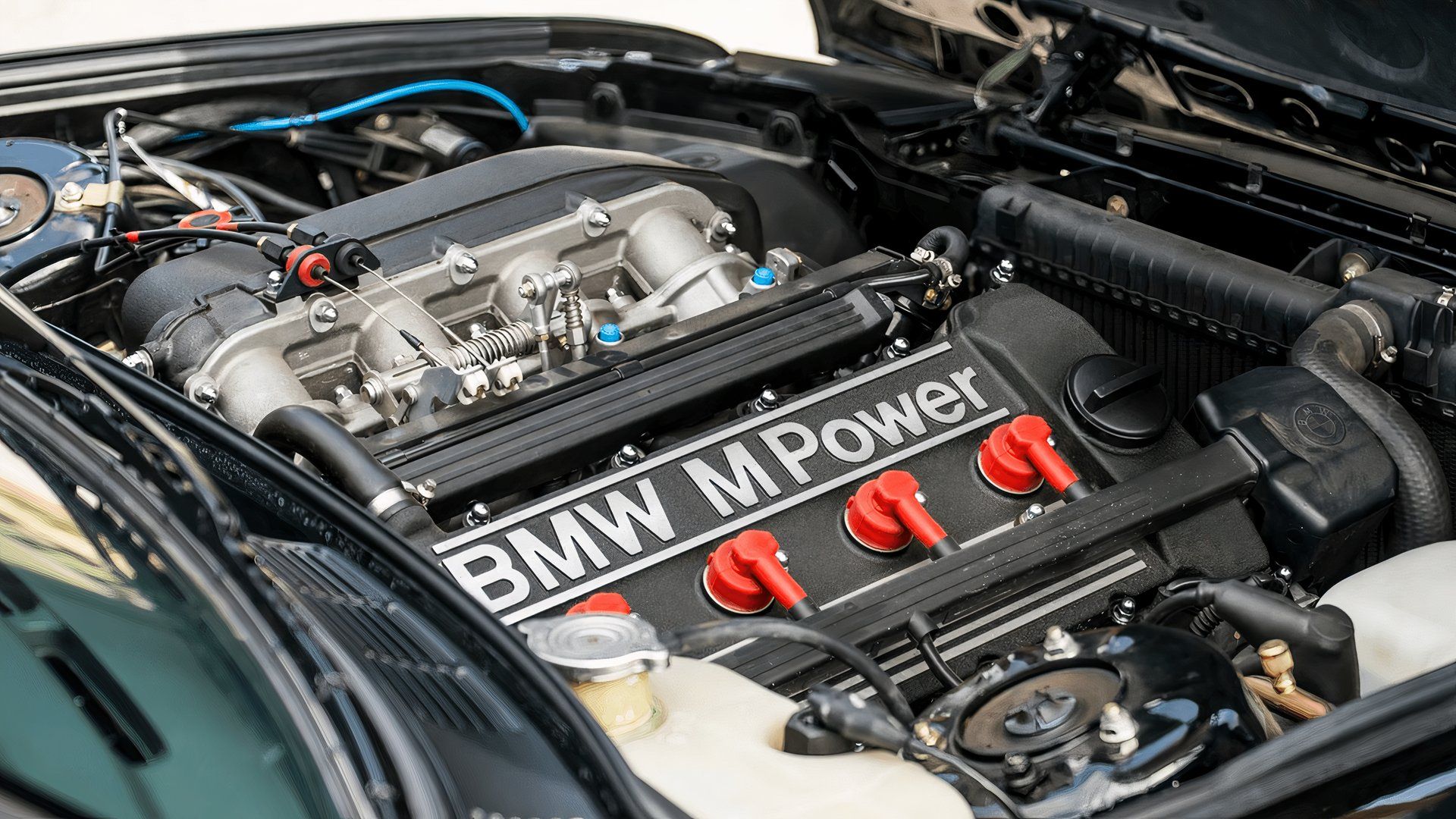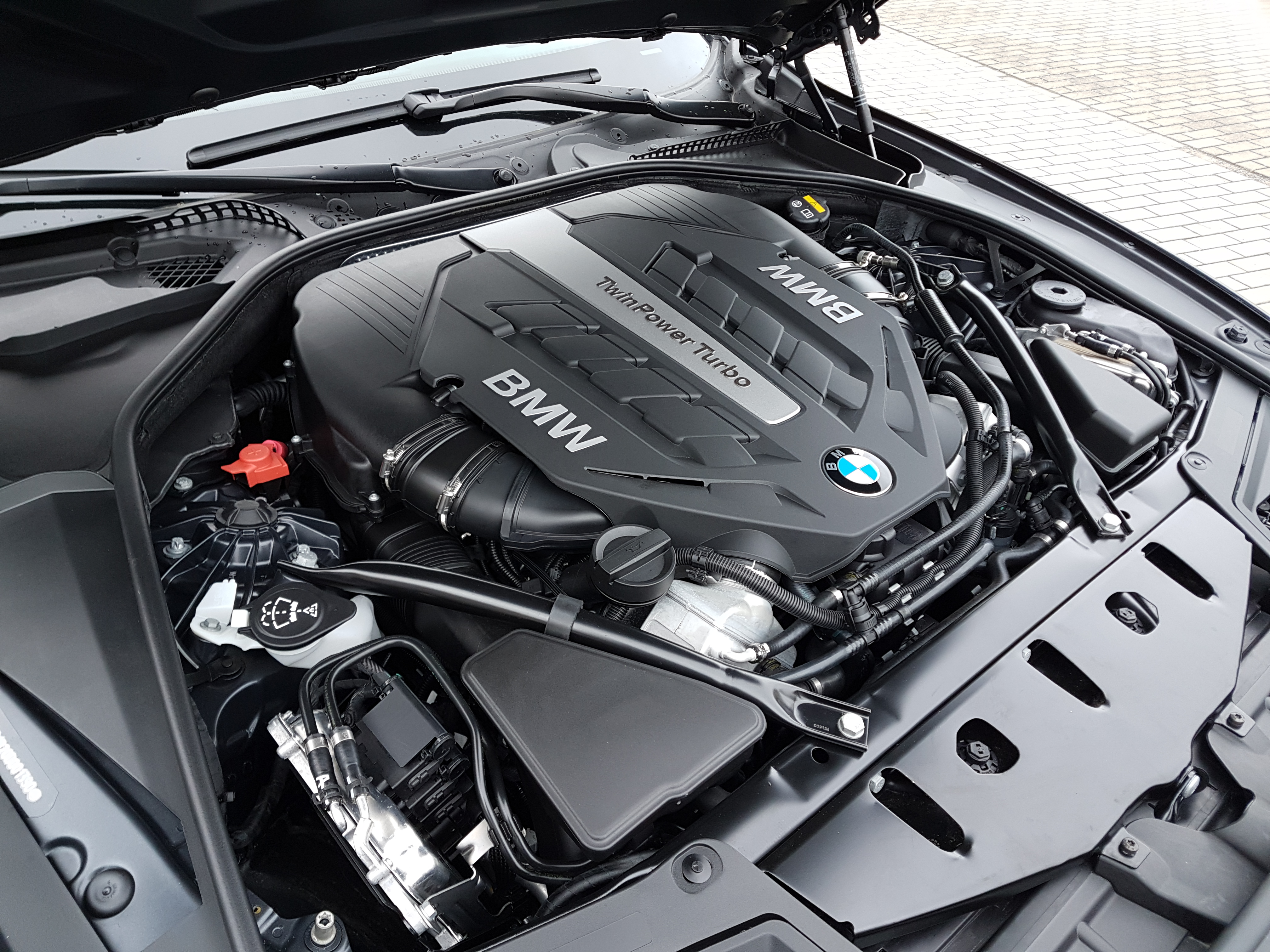Leading 5 BMW Engine Technologies Changing the Automotive Sector
Leading 5 BMW Engine Technologies Changing the Automotive Sector
Blog Article
Checking Out the Development of Burning Engines in Modern Transport Systems
As we browse the landscape of contemporary transport, the evolution of combustion engines stands as a testimony to human ingenuity and engineering prowess. The interplay of history, innovation, and environmental concerns in shaping the trajectory of burning engines produces a story that is both engaging and informative.
Very Early Beginnings of Combustion Engines
Exactly how did the principle of burning engines very first arise in the onset of transport growth? When the concepts of internal combustion were initial explored, the origins of combustion engines can be traced back to the 17th century. In 1673, Christian Huygens conceptualized a basic internal burning engine that made use of gunpowder to create power. It had not been till the late 19th century that useful applications of burning engines in transport began to arise.
The development moment came with the invention of the very first effective gasoline-powered engine by Karl Benz in 1885 - bmw engine. This engine paved the means for the advancement of the modern-day auto, revolutionizing transportation systems worldwide. Succeeding technologies by Nikolaus Otto and Gottlieb Daimler better improved burning engine innovation, leading to the mass production of autos and the rapid development of the transportation industry
These early combustion engines were identified by their simpleness and efficiency, laying the foundation for the facility and powerful engines used in modern-day transportation systems. The development of combustion engines has contributed fit the way we take a trip and transfer goods, noting a substantial landmark in the background of transport advancement.
Transition to Internal Burning Technology
The change to inner combustion innovation noted a critical shift in the development of transport systems. This change began in the late 19th century, with inventors like Nikolaus Otto and Gottlieb Daimler creating the initial effective interior combustion engines. These engines changed transport by providing a more efficient and powerful choice to steam engines and electric motors.
One of the crucial advantages of inner burning engines was their ability to be reduced to suit vehicles, bring about the growth of motorbikes and autos. This shift from bulky, stationary engines to compact, mobile ones led the way for the modern-day transportation systems we see today.
The transition to inner burning modern technology likewise stimulated innovations in gas technology, causing the growth of gasoline and diesel as main fuel sources for automobiles. This shift not only made transport much more available to the masses however likewise laid the structure for the oil and gas sector to become integral to global economies.
Impact of Combustion Engines on Transport
The adoption of combustion engines in transportation systems catalyzed a profound change in the performance and rate of global movement. Burning engines changed transport by providing a versatile and trustworthy resource of power for various cars, including vehicles, ships, planes, and trucks. This innovation considerably boosted the capacity for people and products to relocate over fars away in shorter period, leading to raised connectivity between regions and countries.
In addition, the prevalent use burning engines has actually had a considerable influence on economic growth. The ability to transfer products effectively has actually stimulated trade and business, enabling businesses to increase their markets and get to customers worldwide. This has promoted economic development and globalization, as items can currently be transported much faster and in use this link bigger quantities than ever before.
Nonetheless, the environmental effect of combustion engines can not be overlooked. The burning of fossil gas has actually caused air pollution and greenhouse gas discharges, adding to environment modification and posturing health risks to populaces. bmw engine. As an outcome, there is a growing focus on creating alternate propulsion technologies to reduce these negative results and create a more lasting future for transport
Advancements in Burning Engine Design
Numerous advancements in burning engine style have actually propelled the advancement of transportation systems over the decades. One significant development is the development of turbocharged engines, which utilize exhaust gases to drive a turbine that presses inbound air, allowing for more fuel to be burnt, resulting in boosted power result without a substantial increase in engine dimension. Furthermore, straight injection modern technology has enhanced fuel effectiveness and efficiency by exactly controlling the amount and timing of gas infused right into the combustion chamber. Variable shutoff timing systems have actually also reinvented engine style by news maximizing air movement at various engine speeds, enhancing both power and efficiency. Another considerable innovation is the assimilation of light-weight materials such as carbon fiber and aluminum alloys, lowering total engine weight and improving vehicle gas economy. Moreover, improvements in computer-aided layout have actually enabled engineers to optimize engine efficiency and efficiency through simulations prior to physical prototypes are built, conserving time and resources in the development process. These advancements jointly add to the continuous enhancement of combustion engines in modern-day transportation systems.
Future Fads in Burning Engine Growth
With innovation innovations driving constant innovation, the future of burning engine growth is positioned to reinvent transportation systems globally. One of the essential patterns in burning engine advancement is the press in the direction of higher performance and reduced emissions. Suppliers are investing greatly in research study and development to enhance engine efficiency while fulfilling stringent ecological regulations. This consists of the combination of advanced fuel injection systems, improved turbocharging approaches, and the use of light-weight materials to maximize gas intake and minimize carbon exhausts.
Another prominent pattern is the adoption of crossbreed technologies in combustion engines. Hybrid engines integrate conventional burning modern technology with electric power, offering enhanced gas effectiveness and reduced exhausts. As the auto market changes towards electrification, hybrid burning engines are viewed as a transitional option that bridges the gap in between conventional automobiles and totally electric ones.
Additionally, the combination of wise technologies, such as artificial intelligence and data analytics, is anticipated to play a substantial function in the future of burning engine growth. These innovations can enhance engine performance in real-time, causing extra efficient burning processes and boosted general lorry efficiency. check out here Embracing these future patterns will certainly not just drive technology in burning engine development but likewise add to an extra lasting and environmentally pleasant transportation ecosystem.

Conclusion
In final thought, the evolution of combustion engines in contemporary transport systems has been marked by significant developments in technology and style. From the early starts of combustion engines to the shift to internal burning technology, these engines have had an extensive influence on transportation. Developments in combustion engine layout continue to drive progress in this field, with future patterns concentrating on additional enhancing efficiency and lowering emissions. The future of combustion engines in transport looks appealing as study and advancement initiatives remain to push limits.
The origins of burning engines can be traced back to the 17th century when the principles of interior burning were initial discovered. These engines reinvented transport by providing a more effective and effective choice to vapor engines and electrical motors.

Report this page